Spending a day at Fontainebleau Palace and its sprawling forest honestly felt like flipping through a living history book. From medieval kings to Napoleon’s legacy, every corner here seems to whisper stories from over eight centuries of French history.
When I first arrived, the grand architecture of the château just stopped me in my tracks. The peaceful forest paths promised a day that would be both inspiring and, well, surprisingly relaxing.
Wandering through royal halls where French monarchs once held banquets and made big decisions, I could almost hear the echoes of their world. Stepping outside, the forest trails offered a real escape from city noise, with sunlight streaming through ancient trees and lakes quietly mirroring the sky.
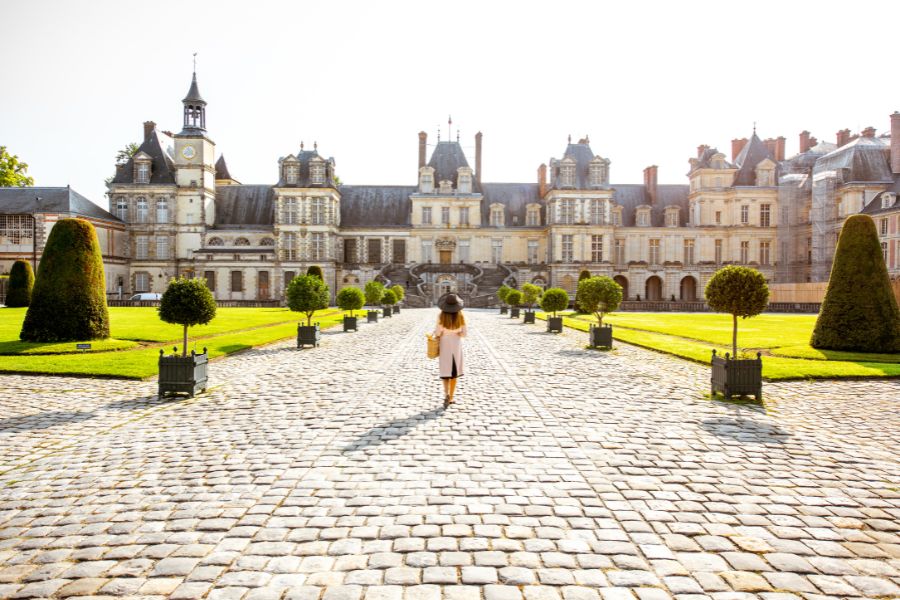
The contrast between the lavish palace interiors and the wild beauty outside made this trip stick in my memory. A day at Fontainebleau isn’t just a tour—it’s an adventure through time, with something new around every corner.
Setting the Stage: Fontainbleau Palace & Forest Through the Lens of History
Fontainebleau really stands out among French palaces. Its story stretches back over 800 years, tying together the lives of kings, emperors, and everyday people in a forest just outside busy Paris.
This place isn’t just a building—it’s witnessed huge changes, from royal glory to revolution and back again.
Centuries of French Royalty
As soon as I walked in, I could tell Fontainebleau has its own vibe, even compared to Versailles. King after king left their mark here, starting way back in the Middle Ages.
Louis XIV, the Sun King, spent time at Fontainebleau, but Francis I in the 16th century really transformed the château into a Renaissance masterpiece.
Inside, you’ll find rich decorations, old art, and sweeping tapestries. Unlike Versailles with its endless mirrors, Fontainebleau feels more intimate and somehow more tied to the natural world—probably thanks to that vast forest just outside.
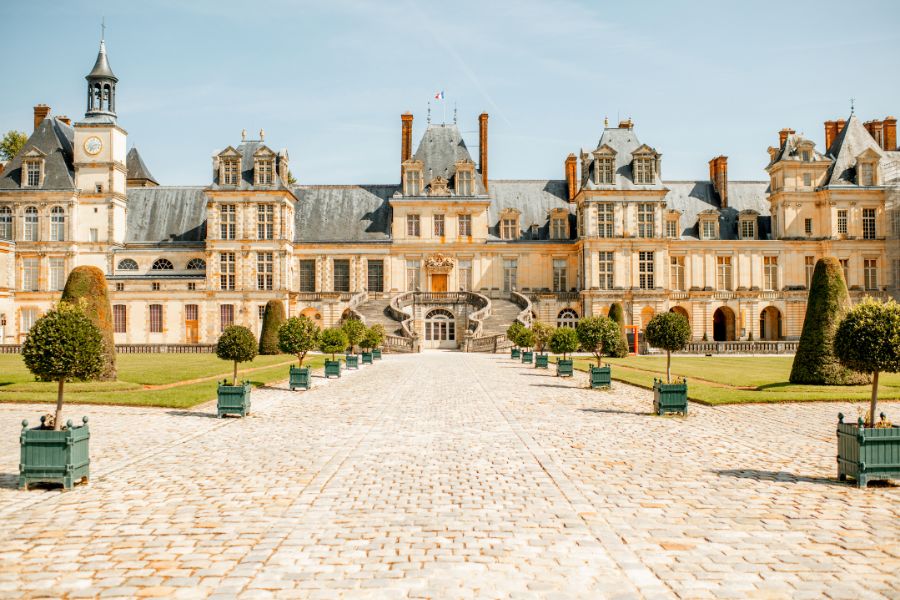
The estate hosted royal births, political meetings, and grand parties. French nobles gathered here to talk about the future of Europe and their own country, making it a centerpiece for anyone curious about how French royalty actually lived.
Fontainebleau’s Connection to the Age of Revolution
In the late 18th century, Fontainebleau quietly watched as revolution upended everything. The French Revolution changed the palace’s fate. Louis XVI, France’s last absolute monarch, was just one of many rulers who called Fontainebleau home before it became a symbol of lost power.
Revolutionaries stripped away much of the palace’s splendor. They removed or destroyed royal symbols, leaving traces of the past under new layers of history. Then Napoleon Bonaparte arrived and brought fresh energy to the place.
He made Fontainebleau a center of power again. Within these walls, Napoleon famously abdicated as emperor in 1814, just before heading into exile. For anyone fascinated by the Napoleonic era, standing on the grand staircase or inside Napoleon’s apartments feels surreal—a direct link to those dramatic years.
The Restoration and Beyond
After Napoleon, France entered a time of restoration, with old and new powers trying to find their footing. People carefully restored Fontainebleau and used it again, each new ruler leaving their own mark.
The palace soon became a favorite for visiting dignitaries and artists from all over Europe. They repaired rooms and gardens, and the place buzzed with new inspiration.
Today, the forest is just as important as the palace itself. Locals and travelers come to hike, stroll, and spot wildlife. The mix of nature and deep history gives the whole area a vivid, timeless feeling—if you’re curious about France’s past and present, you really shouldn’t skip it.
Napoleonic Echoes: Tracing the Steps of Napoleon at Fontainebleau
Walking through Fontainebleau Palace, I felt surrounded by layers of history. Nowhere does Napoleon’s presence hit harder than here. The palace brims with stories of his rise, his rule, and those final, fateful moments.
The Rise of napoleon bonaparte
Napoleon Bonaparte came into the world on Corsica in 1769. His mother, Letizia Ramolino, really shaped his early years. After leaving Ajaccio, Napoleon attended the Military School of Brienne in France.
He honed his skills there and started dreaming big. Family connections, like his uncle Joseph Fesch, and support from Corsican leader Paoli, nudged him along. Ambitious and determined, he wanted to prove himself as a young officer.

Fontainebleau would later become a place where he left a permanent mark. The palace wasn’t just a home for him—it became a stage for his rule and reforms in France.
Napoleon’s Imperial Apartments
When I stepped inside Napoleon’s Imperial Apartments, I was honestly blown away by the grandeur. Each room has been restored with care, and the furniture, art, and personal touches offer a glimpse into his daily life.
Some of the main rooms you can check out:
| Room Name | Notable Features |
|---|---|
| Throne Room | Napoleon’s elaborate throne and gold-trimmed decor |
| Salon of the Empress | Elegant furnishings where Josephine and later Marie-Louise stayed |
| Private Study | Historic desk where key imperial decrees were signed |
I could picture Napoleon pacing the halls, planning campaigns, and meeting with family. These rooms aren’t just pretty—they give you a direct connection to the emperor himself.
The Abdication and Legacy
April 1814 brought one of Fontainebleau’s most powerful moments. On the Horseshoe Staircase above the Cour du Cheval-Blanc, Napoleon said goodbye to his loyal Old Guard after giving up the throne.
That day was packed with emotion and meaning. With his fall, the palace turned into a symbol—not just of power, but of an era’s end. Visitors can stand on those very steps and picture the last scene of an empire.
Climbing those stairs, I honestly felt how Napoleon’s presence still lingers throughout the palace and gardens.
Bonaparte Family Influences
The Bonaparte family left their fingerprints all over Fontainebleau’s story. Napoleon’s mother Letizia and uncle Joseph Fesch visited him here and spent time in the palace. His wives, Josephine and Marie-Louise, helped shape the décor and mood of the residence.
Their Corsican roots and tight family bonds influenced his decisions and the court’s structure. Their presence brought a mix of personal tradition and imperial ambition.
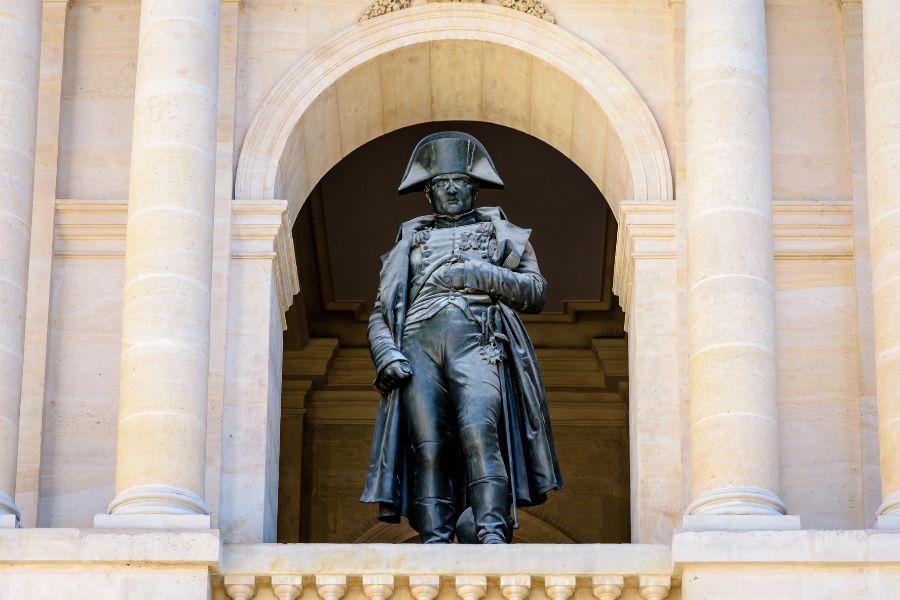
Seeing the rooms where they lived and gathered made the palace feel much more alive and personal to me. The family’s story adds a layer of intimacy and complexity to the emperor’s world.
Uncovering Stories: Art, Museums, and Hidden Corners
Behind Fontainebleau’s grand halls and lush gardens, I stumbled upon rooms and stories that most travelers miss. Each spot seemed to echo with tales from royalty, artists, prisoners, and even political rebels who left their mark on the palace.
Masterpieces of Fontainebleau’s Museum
As I wandered the museum, I found myself face-to-face with detailed frescoes, delicate tapestries, and rare sculptures. Paintings by Renaissance masters and portraits of Napoleon filled the galleries. I was honestly amazed by how these pieces show France’s shifting art styles—from intricate woodwork to regal murals.
The Gallery of Francis I really stood out, with its elaborate carvings and gold accents. If you’re into history, the museum’s displays of royal costumes and medals offer a peek into the past. I found the interactive screens especially helpful for understanding the stories behind each artifact.
If you go, here’s what I’d suggest:
- Don’t skip the Renaissance galleries
- Photography is usually allowed, but keep your flash off
- Audio guides add a lot of context
Carved Names and Echoes of the Past
In quiet corridors and hidden staircases, I spotted old carvings—names, dates, and secret messages etched into stone and wood by nobles, servants, and even prisoners. These signatures bridge centuries, reminding you just how many people passed through these halls.
One name stood out: Mirabeau, a French Revolutionary figure once held at Fontainebleau. Other markings hinted at political tension, personal loss, or even rebellion. Running my hand over faded letters, I couldn’t help but wonder about the hopes—or desperation—behind each line.
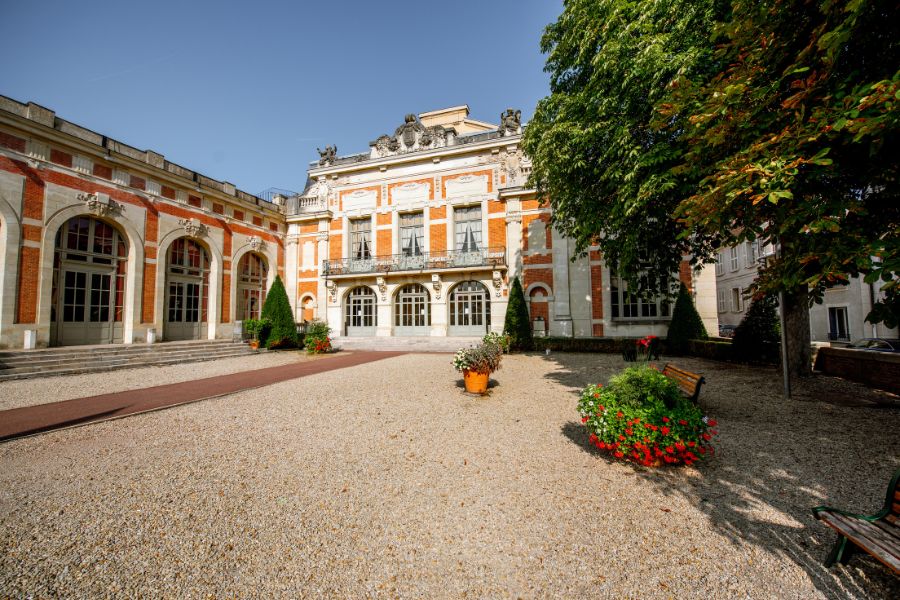
If you’re visiting, look for these carvings near window ledges, stone banisters, and tucked-away corners. Sometimes, just a name can open up a whole new chapter of history.
Prisons, Dungeons, and Political Offenders
Fontainebleau hides a darker side beneath its beauty. In the lower levels, I found the old prisons where political offenders waited—hoping for mercy, dreading retribution. The air felt heavier, as if old fears and secrets still lingered.
The dungeons once held enemies of the state—Robespierre’s rivals, rebellious nobles, and others. I imagined people pacing the shadows, scratching notes into the walls, whispering secrets by torchlight. These rooms aren’t just empty cells—they’re silent witnesses to France’s turbulent past.
A visit here isn’t just about royalty and riches. It’s about the risks people took, the punishments they faced, and the marks they left behind. If you’re into revolutionary France, these dungeons prove Fontainebleau is more than a pretty castle.
Into the Wild: Forest Adventures and Natural Discovery
Exploring the Forest of Fontainebleau gave me a real sense of France’s natural beauty and its tangled history. The woodland offered peaceful trails, plenty of wildlife, and quiet spots where I could just breathe or imagine old royal picnics.
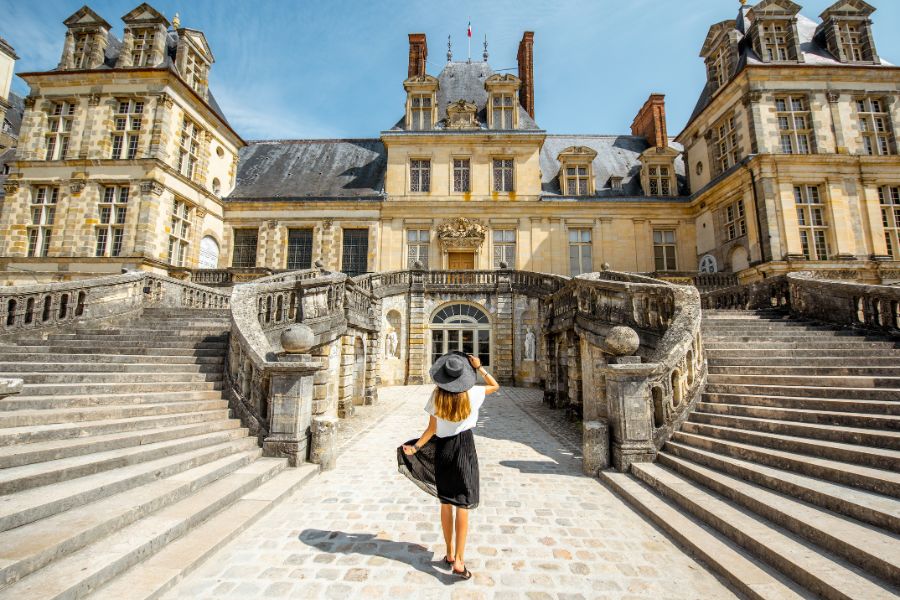
Walking & Picnic Experiences
Fontainebleau’s forest is crisscrossed with wide trails, mossy paths, and sandy clearings. I started the day with an easy stroll beneath tall oaks and pines, following trails that work for both beginners and seasoned hikers.
For lunch, I picked a sunny spot by some smooth boulders. Picnicking here is a real treat—shady trees, birdsong, and the freshest forest air. There are benches and open areas, but honestly, spreading out a blanket feels way more personal.
Tip: Pack a picnic basket with baguettes, cheese, and fruit. French families and travelers do the same, so it’s kind of a tradition here. Early mornings are best if you want a quiet spot.
Birds, Wildlife, and Botanical Wonders
Deeper in the forest, I caught glimpses of local wildlife. Deer, rabbits, and even wild boar call this place home, though the bigger animals tend to stay hidden. Red squirrels darted across the path, and I heard woodpeckers tapping up above.
Fontainebleau is a dream for birdwatchers. Common birds include:
- Eurasian jays
- Great spotted woodpeckers
- Nuthatches
- Tawny owls (at dusk)
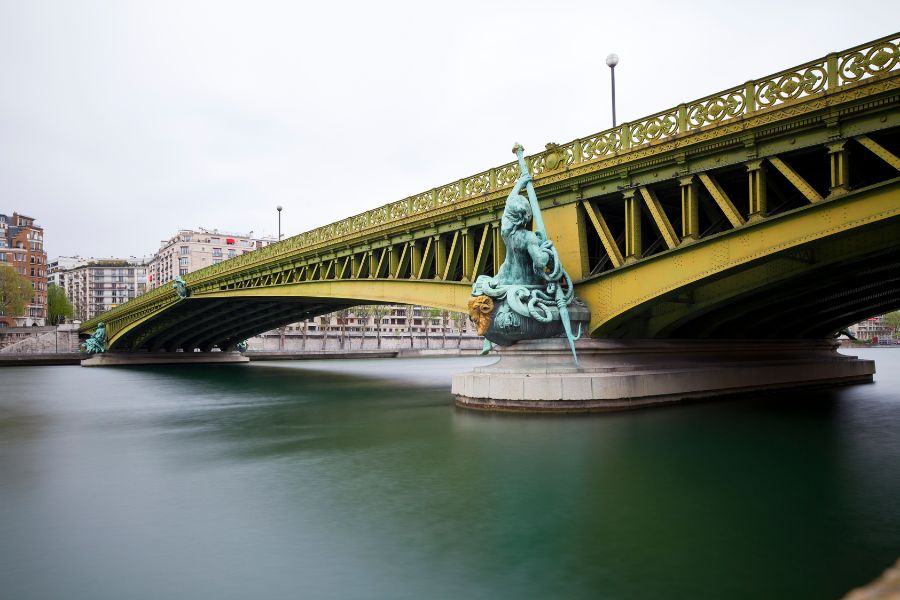
In spring and summer, wildflowers take over the glades. Ferns blanket the ground, and honeysuckle and foxgloves add bursts of color. Some old trees twist into wild shapes—perfect for a photo or just a quiet moment.
Historic Picnic & Excursion Tales
The forest at Fontainebleau has always been more than a backdrop. For centuries, it’s hosted royal parties, hunting trips, and noble picnics. I pictured Empress Josephine and Napoleon’s court enjoying elaborate outdoor feasts, just steps from the palace.
In the 19th century, artists from Paris flocked here for inspiration, giving rise to the famous “Barbizon School” of landscape painting. Romantic poets and families gathered in the same clearings where I ate lunch.
Even now, locals and visitors keep these old traditions alive. A stroll or a picnic in this forest feels like stepping into an old story, shaped by history, art, and the wild spirit of Fontainebleau.
Day Trip Delights: Practical Tips and Stories from My Grand Excursion
Getting the most from a Fontainebleau Palace and Forest day trip really depends on smart planning, a little curiosity, and just being open to surprises.
Helpful tips and those unexpected moments? They always seem to make the day more memorable.
How to Plan Your Visit
I kicked things off early, grabbing a direct train from Paris Gare de Lyon.
The ride only took about 40 minutes, which was honestly quicker than I expected.
Once I got to Fontainebleau-Avon station, I jumped on the local bus—Ligne 1—and it dropped me right at the château gates.
Since tickets for the palace can sell out, I decided to book mine online ahead of time.
That move saved me from standing in line, so I had more time to wander the gardens and forest paths.
If you go, definitely wear comfortable walking shoes.
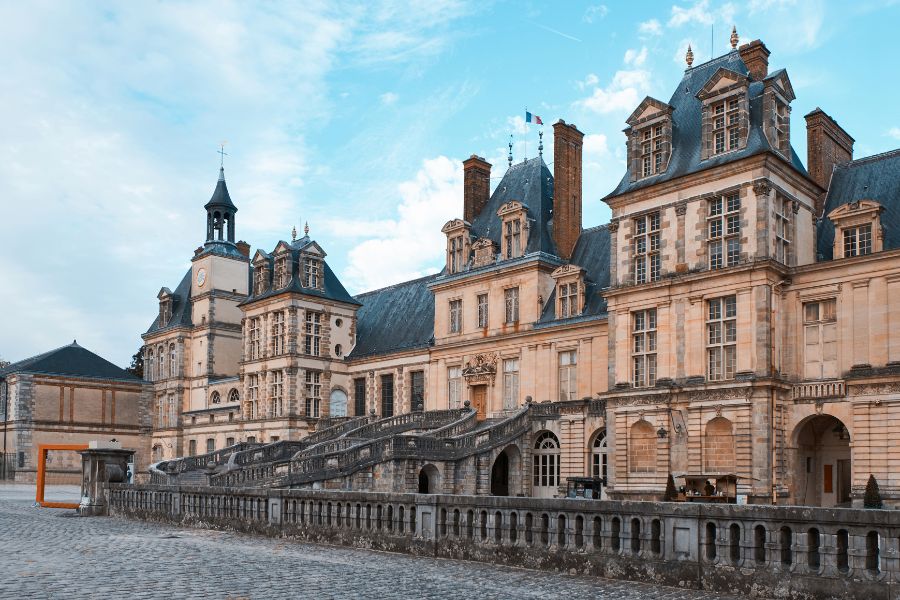
There’s a lot to see, from the gilded halls to Napoléon’s throne room, and your feet will thank you.
I tossed a small backpack together with snacks and water, since food spots nearby can get pretty packed.
Here’s what I brought:
- ID/Passport (for train tickets)
- Printed or digital palace entry ticket
- Reusable water bottle
- Light rain jacket
- Small picnic or snack
Wines, Parisian Connections, and Nearby Towns
Fontainebleau’s region has a reputation for good food and deep ties to French wine culture.
In the town squares, I stumbled on tiny cafés serving local cheeses and baguettes, plus some crisp whites and light reds from around Île-de-France and Loiret.
You can actually feel the famous values of liberté, égalité, fraternité in the way people interact.
Strangers chat at shared tables, and even as a solo traveler, I got invited to join in more than once.
After the palace, I wandered over to the bustling Fontainebleau market.
Later, I caught a bus toward Barbizon, a village that’s full of artist history and forest views.
Getting back to Paris was easy with the frequent trains.
It really drove home just how connected the city and countryside are.
Unexpected Moments: Inconvenience, Support, and Redeeming Encounters
Rain started mid-afternoon and turned the forest trails into a slippery mess. I lost my footing and ended up with mud all over my jeans.
Honestly, it felt like a small disaster at first. Then a fellow hiker noticed, handed me a packet of tissues, and tossed out some friendly advice.
I wiped off the worst of it, shrugged, and realized—sometimes a little mess just makes the story better. Later, when I stood at the palace gate, the staff noticed my confusion about the return bus and offered help in English.

Locals and other travelers stepped in with support. Instead of getting annoyed, I felt understood.
These small kindnesses really stuck with me. I mean, isn’t that what travel’s about—turning setbacks into memories you actually want to keep?

